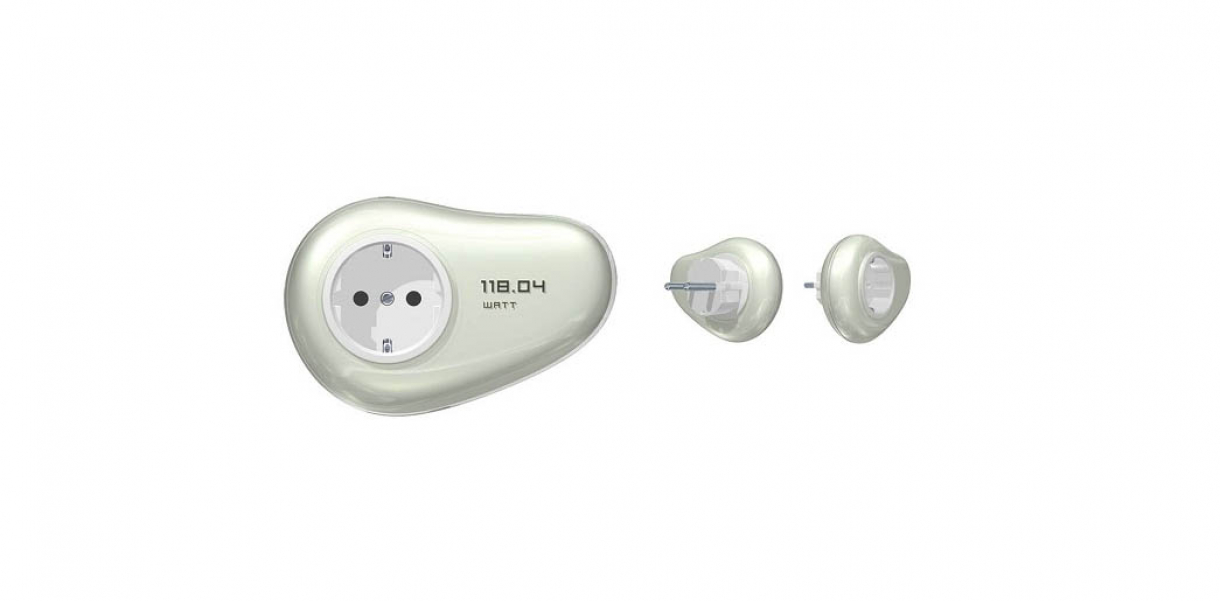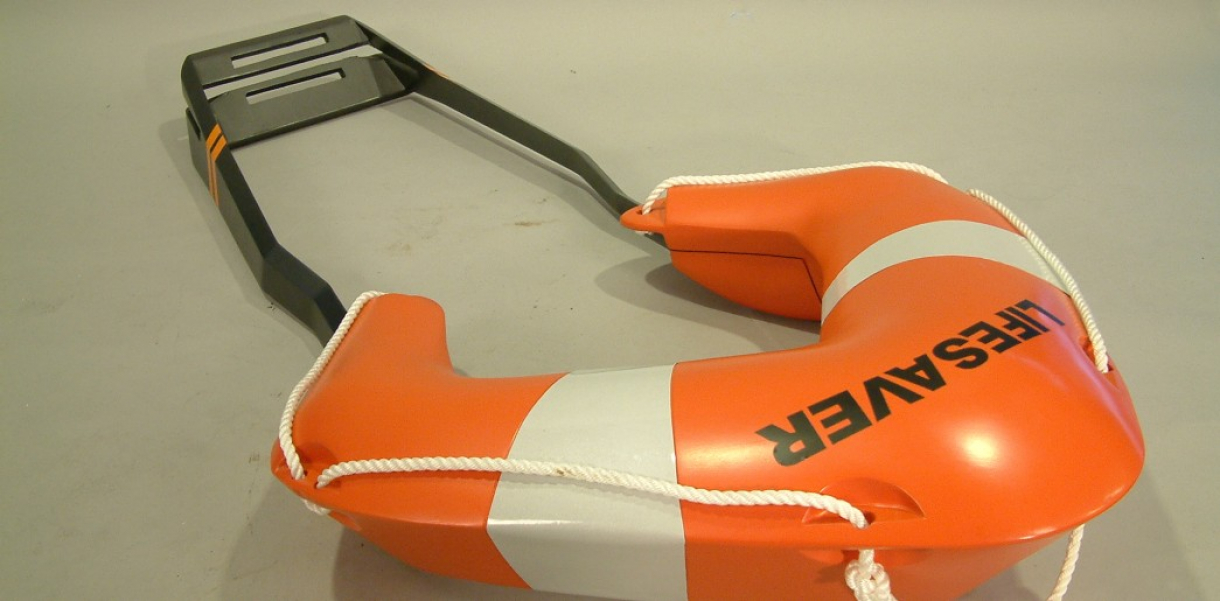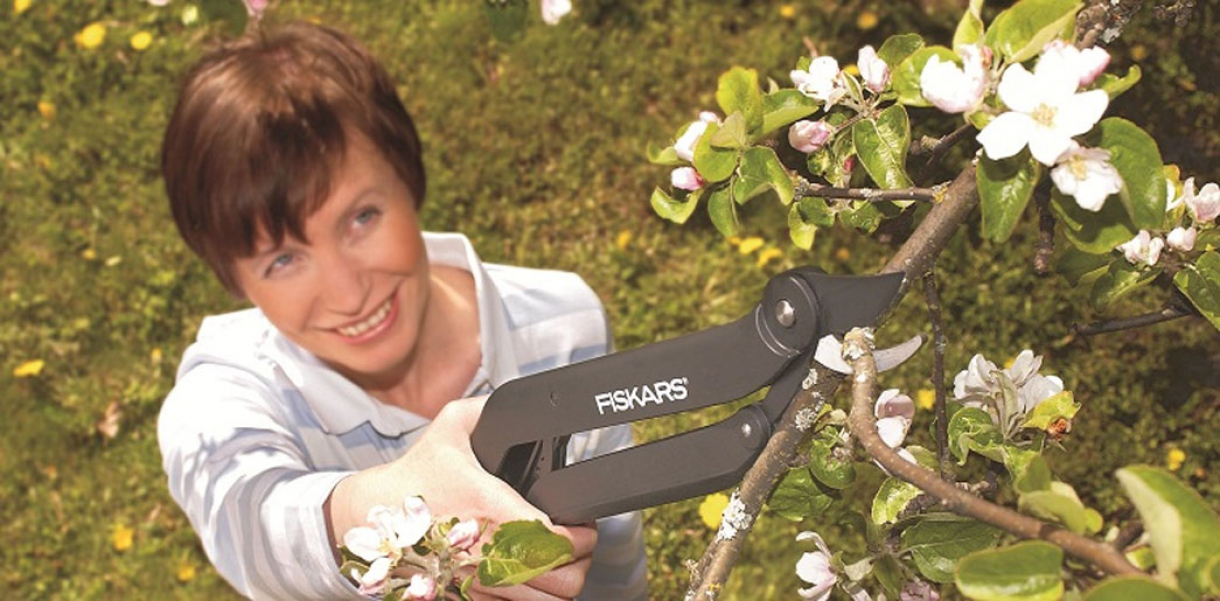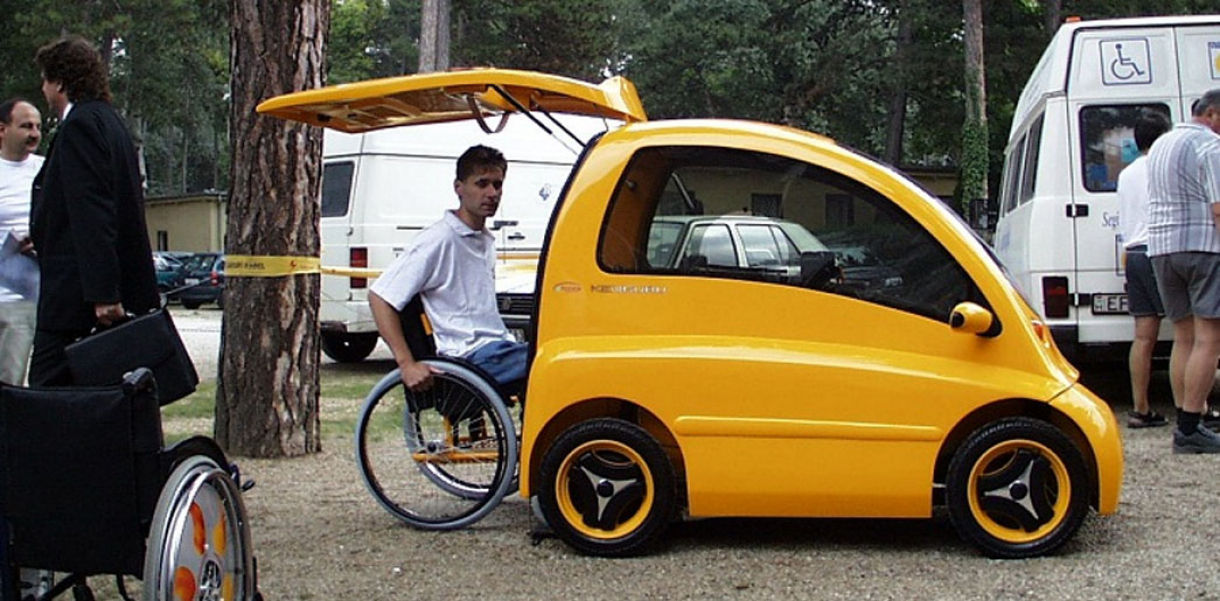Amun's acrylic housing with its core gives the impression of a living inner cell. By touching the sensitive area on Amun's outer shell, users obtain more specific information about the current consumption. The gesture of measuring the pulse was the source of inspiration for this interaction.
Functionality and use of design
The setup of the system is quite simple. An optical adapter on the electricity meter measures the current flow and sends the information to the main indicator. All information is collected through an integrated radio receiver and translated to a visual readout for the user. An external device, the satellite, enables the collection of consumption information of single devices to the main indicator for comparison.
How did this design improve life?
According to statistics, private households can save up to 20% of electricity usage just by being conscious of their behaviour. But how can we create consciousness about consumption among a population that is unaware of how much energy it is actually consuming?
It was important to find a way to illustrate the technical term "energy consumption" with its abstract unit of a kilowatt-hour in a way everybody can internalize it. We came up with the idea of the pulse.
Mounted in a central position in the house, Amun mirrors the amount of electricity consumption: as more electricity is used, the pulsating glow gets stronger; as electricity usage declines, the glow fades.
How many of us know, for example, that the energy needed to make one slice of toast is enough to illuminate the kitchen for hours? Or that a PC uses six times more power than your average lamp? Amun will help you to learn.
Drawbacks of life improvement
Amun itself would consume energy during production, but after a short time, the positive effects of energy saving would outbalance the production efforts.
Research and need
In videotaped interviews at peoples home, we asked residents about their relationship to electricity. We learned that people know little about their electricity consumption or the price suppliers charge.
And they have even less technical data about the products they are using. This is due in part to the fact that this information is not readily transparent. It is difficult - if not impossible - to glean information from an electricity bill or the cryptic electricity meter, which usually situated in an out-of-the-way and inconvenient location. As a result, most people cannot see the difference between letting all electrical devices run nonstop and conscientiously turning off electrical appliances when they are not in use. According to statistics, private households can save up to 20% of electricity usage just by being conscious of their behaviour. But how can we create consciousness about consumption among a population that is unaware of how much energy it is using in a day or a month? Generating awareness about energy consumption - not offering products that can save energy - became the core problem.
Designed by
Peter Riefing-Czekalla, Sebastian Ritzler & Vincent Holger Weckert - Germany






